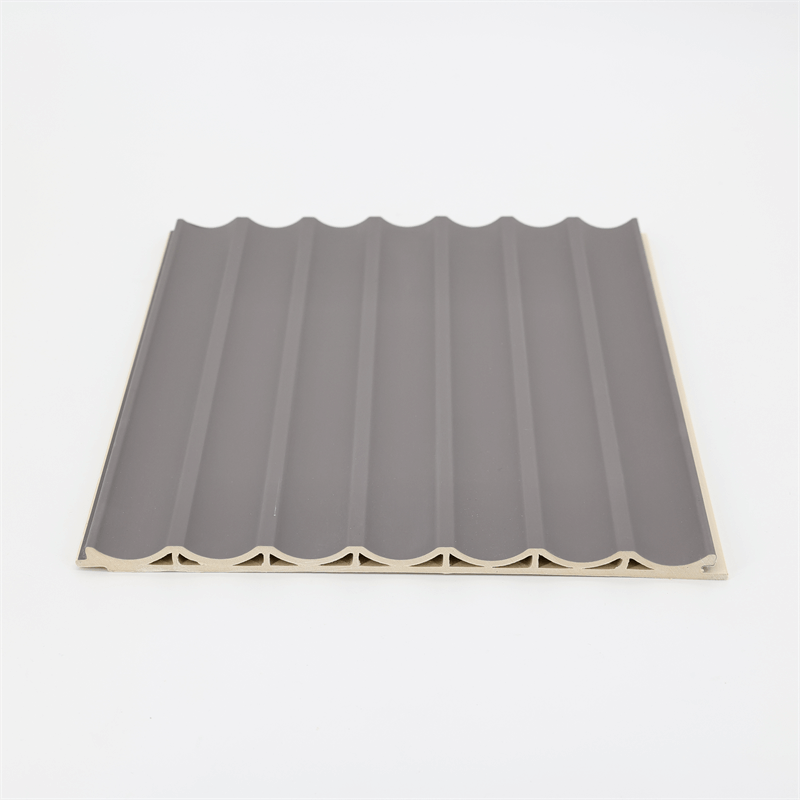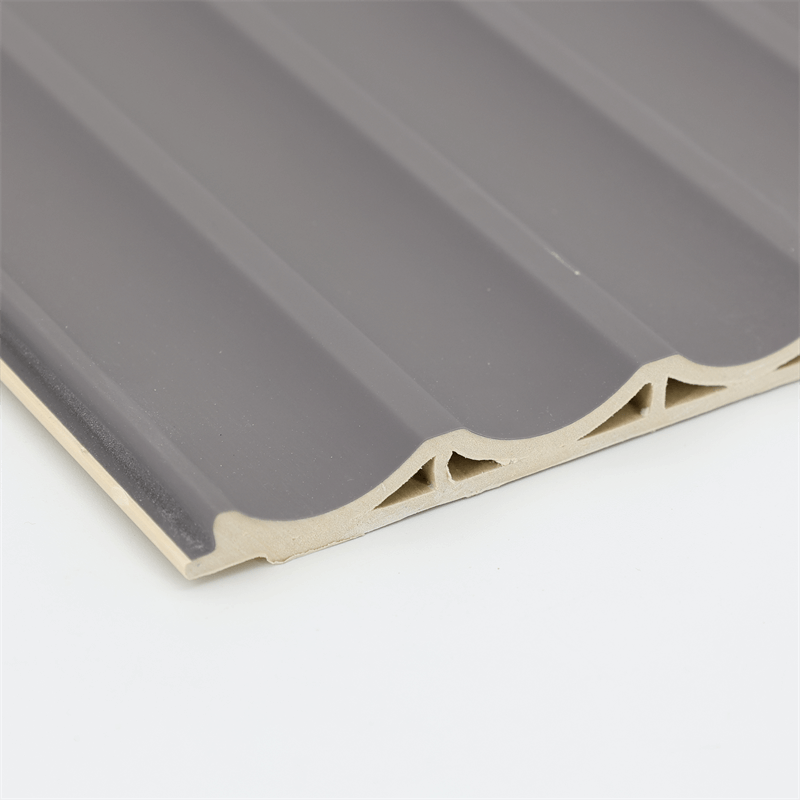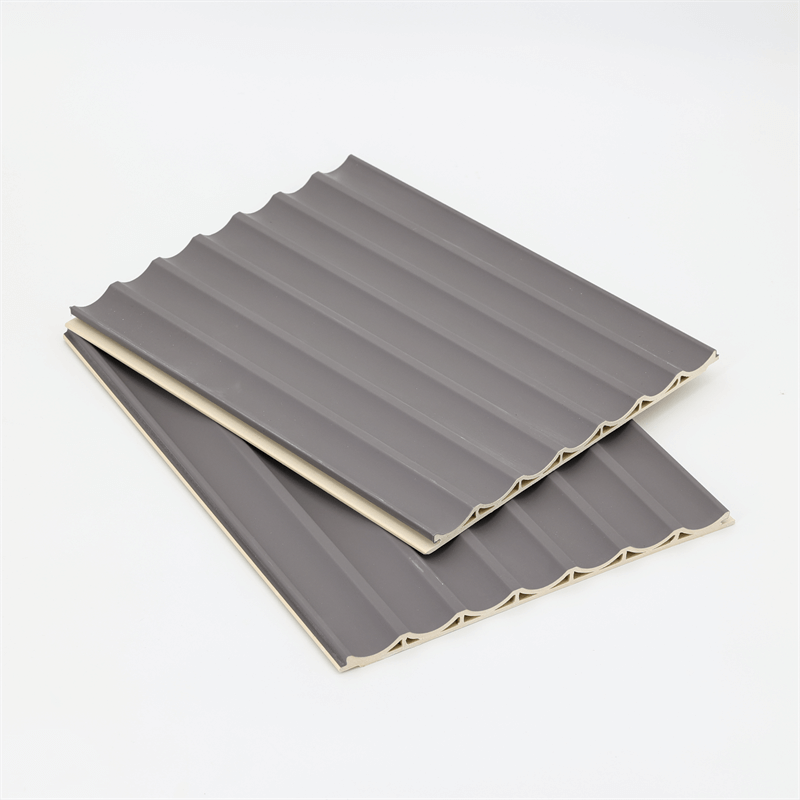WPC (Wood-Plastic Composite) wall panels are not only known for their durability and versatility but also for the wide range of textures and patterns they offer.
These textured and patterned panels add depth, visual interest, and a touch of uniqueness to any space.
In this essay, we will explore the importance of textures and patterns in WPC wall panels and discuss how they can enhance the aesthetic appeal of interiors.
We will delve into four key aspects: the impact of textures on visual and tactile experiences, the versatility of pattern options,
the influence of textures and patterns on different design styles, and the practical considerations when choosing textures and patterns for WPC wall panels.
I. The Impact of Textures:
Enhancing Visual and Tactile Experiences Textures play a crucial role in adding visual depth and tactile interest to WPC wall panels. They can evoke different emotions and create specific atmospheres within a space:
- Smooth Textures: Smooth textures offer a sleek and polished look. They create a clean and contemporary aesthetic, making them suitable for modern or minimalist design styles. Smooth textures reflect light more uniformly, resulting in a visually calming effect.
- Embossed Textures: Embossed textures add a sense of dimensionality and mimic the look and feel of natural materials such as wood grain, stone, or brick. They provide a touch of authenticity and can be used to create a rustic or traditional ambiance. Embossed textures add visual interest and depth to the panels, making them stand out as focal points.
- 3D Textures: 3D textures take texture exploration to the next level by offering intricate and captivating designs. These textures create a dramatic impact, adding a sense of luxury and sophistication to the space. 3D textures can be bold and expressive or subtle and understated, depending on the desired effect.
II. The Versatility of Pattern Options:
Patterns in WPC wall panels provide a wide range of design possibilities, allowing homeowners to personalize their spaces and create unique visual statements:
- Geometric Patterns: Geometric patterns are clean, precise, and symmetrical. They create a sense of order and can be used to add a modern or contemporary touch to a space. Geometric patterns can range from simple shapes such as squares or triangles to more intricate designs like herringbone or chevron.
- Organic Patterns: Organic patterns draw inspiration from nature, featuring flowing lines, curves, and irregular shapes. These patterns add a sense of movement and vitality to a space, creating a more relaxed and natural atmosphere. Organic patterns can include floral motifs, wave-like designs, or abstract representations of natural elements.
- Textile Patterns: Textile patterns replicate the look and feel of fabrics such as woven textures or intricate lacework. These patterns add texture and a sense of softness to the panels, contributing to a cozy and inviting environment. Textile patterns can range from simple weaves to intricate damask or paisley designs.
 III. Influence of Textures and Patterns on Design Styles:
III. Influence of Textures and Patterns on Design Styles:
Textures and patterns have a significant influence on the overall design style of a space. Different design styles can be complemented or enhanced by specific textures and patterns:
- Contemporary Style: In contemporary design, sleek and smooth textures with minimal patterns are often preferred. Clean lines, geometric shapes, and subtle textures contribute to a streamlined and sophisticated aesthetic.
- Rustic Style: Rustic design embraces the beauty of natural materials and textures. Embossed textures that resemble wood, stone, or brick add warmth and authenticity to the space. Organic patterns, such as floral motifs or flowing lines, can also enhance the rustic ambiance.
- Art Deco Style: Art Deco design is characterized by bold geometric patterns and luxurious textures. 3D textures and intricate patterns with strong lines and symmetry are prominent features of this style. These textures and patterns create a sense of opulence and glamour.
IV. Practical Considerations for Choosing Textures and Patterns:
When selecting textures and patterns for WPC wall panels, practical considerations should be taken into account to ensure long-term satisfaction:
- Maintenance: Consider the maintenance requirements of different textures and patterns. Smoother textures are typically easier to clean and maintain, while intricate patterns may require more attention to avoid dust or dirt buildup.
- Lighting: The lighting conditions in the space can influence the appearance of textures and patterns. Natural light and artificial lighting sources can create different effects, so it’s important to assess how the chosen textures and patterns interact with the lighting.
- Scale and Proportion: Consider the size of the space and the scale of the textures and patterns. In smaller rooms, smaller-scale patterns may work better to avoid overwhelming the space, while larger-scale patterns can be used in larger areas to create a bold statement.

Textures and patterns in WPC wall panels offer endless possibilities for creating visually captivating and personalized spaces.
By considering the impact of textures on visual and tactile experiences, exploring the versatility of pattern options, understanding the influence of textures and patterns on different design styles,
and taking practical considerations into account, homeowners can make informed choices that enhance the aesthetic appeal of their interiors.
Textures add depth and tactile interest, while patterns provide opportunities for personal expression and unique design statements.
Whether aiming for a contemporary, rustic, or art deco style, textures and patterns can be tailored to complement and enhance the overall design.
By carefully selecting textures and patterns, homeowners can transform their spaces into visually dynamic and engaging environments that reflect their individual style and preferences.
Embrace the creative possibilities of textures and patterns in WPC wall panels to create spaces that are visually captivating, aesthetically pleasing, and uniquely yours.

